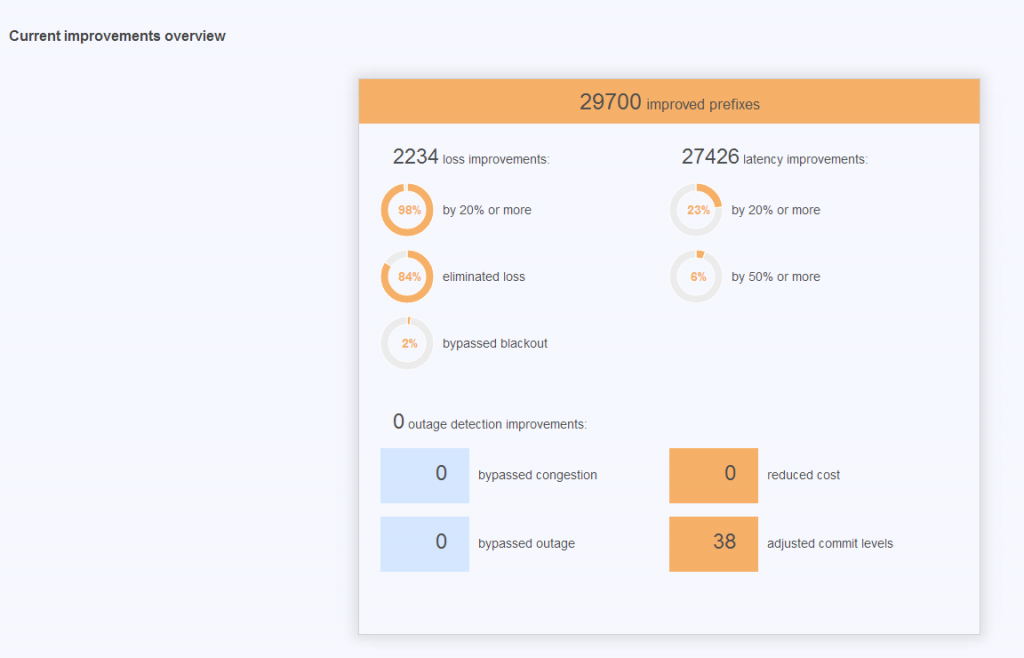By Dan Protich
Let’s first explain how internet routing works and why latency can occur on a network. To most simply explain routing I always use an analogy that most people can understand. Each transit provider is a highway for data to travel upon. The more transit providers you have, the more highways you have to choose from when considering the best route. Not every transit provider has the best connecting routes between each and every location so having several “highways” to choose from is very advantageous. Additionally there are times when highway congestion or a complete shutdown “outage” can occur so again having several highway alternatives is ideal. Here at Hivelocity we have 7 transit providers on our network giving us 7 highway options to choose from each time we consider a route.
The question is how to ensure your data is traveling over the fastest path even when there is congestion or outages. The standard protocol most every data center uses is Border Gateway Protocol or BGP. BGP normally just routes over the shortest highway distance without ever taking into consideration accidents, road work, speed limits or anything else that might cause a highway slow down. An intelligent system would ,of course, consider all of these things when determining the fastest path to a destination.

We overcome the shortcomings of standard BGP by enhancing our network with Noction IRP (intelligent routing platform). Noction is a software we use on our network to intelligently route our customer’s traffic utilizing performance route optimization. Noction’s basic functions are to route traffic based on known flows of data ensuring that the paths being taken are the least congested and performing the best. It does this by probing each provider, or highway, for the same destination to find the absolute best available path. Whatever the absolute fastest path is, and it is very often not the shortest amount of hops, is the route chosen. Noction is probing 24/7/365 and if a historically best path changes, it knows, and adjusts to the new absolute best path. This same system also allows for routing policies to correct when it is known certain providers are always problematic with specific ASNs, and enables us to exclude that provider for the performance route adjustment.

Noction’s newest update, which we are in the process of implementing now, will allow us to take further advantage of our private peering points of presence in Atlanta, Los Angeles and Miami (Amsterdam coming soon). These new capabilities will only further enhance our already incredible network.
The last point I will make in this blog about Noction’s IRP is the ability it provides us to help determine which transit providers we should consider adding to our network. This is achieved by analyzing the actual traffic flows outside the Hivelocity network and seeing where improvements might be made. We have no intention of stopping at 7 transit providers. As we continue to add hundreds of new customers every month and analyze routing data we will find new networks to optimize traffic flow.

Just last month we had a customer bring a rack of colo in, having moved to us from another Tampa data center and a 2nd facility in North Carolina. When we asked him what he thought of our network he emailed us saying, “Wonderful!! ….and with only 7 hops from Zurich, compared to 15 hops to Asheville and 30 hops to (competing data center in Tampa name omitted) in Tampa. – I like it! :).”
There is a reason we have customers in over 130 countries worldwide. There is a reason we deploy new servers every day for network intensive services like VOIP, gaming and streaming. There is a reason new customers tell us every day about the improvements they are seeing with the performance of their new servers. That reason is our network outperforms each of our competitors darn near every time.



